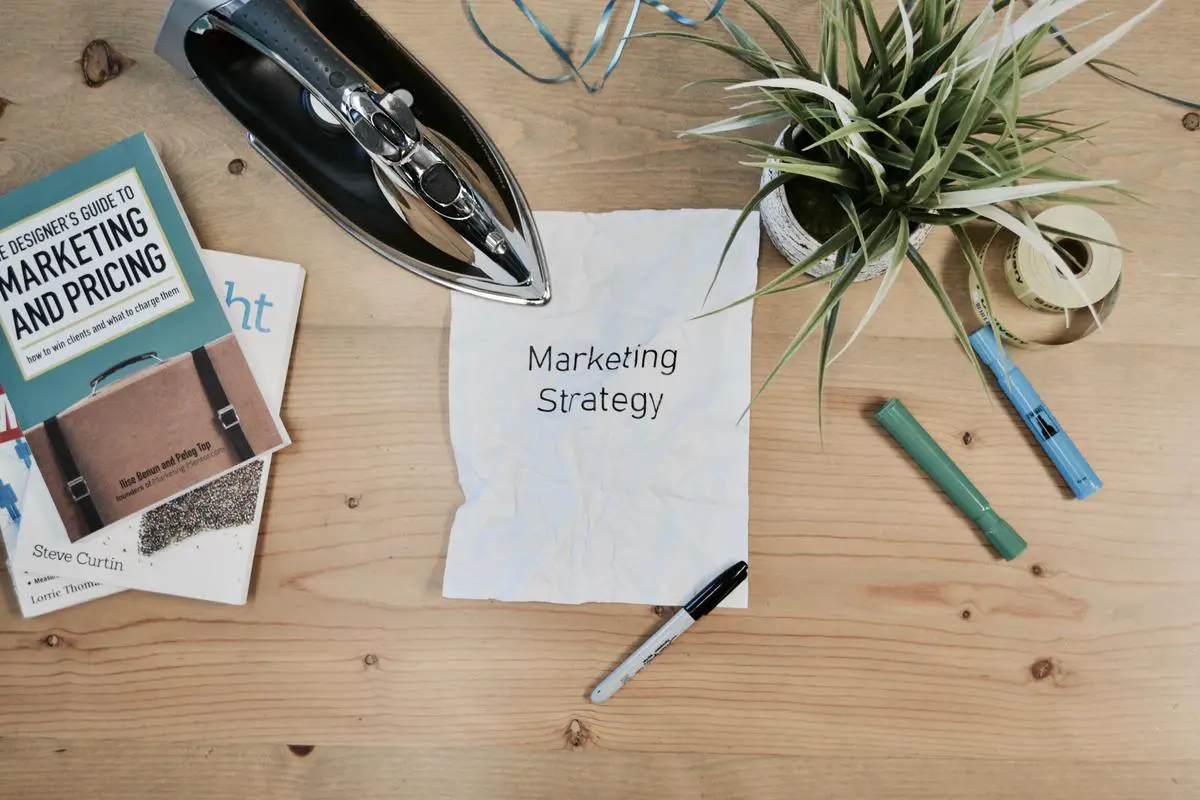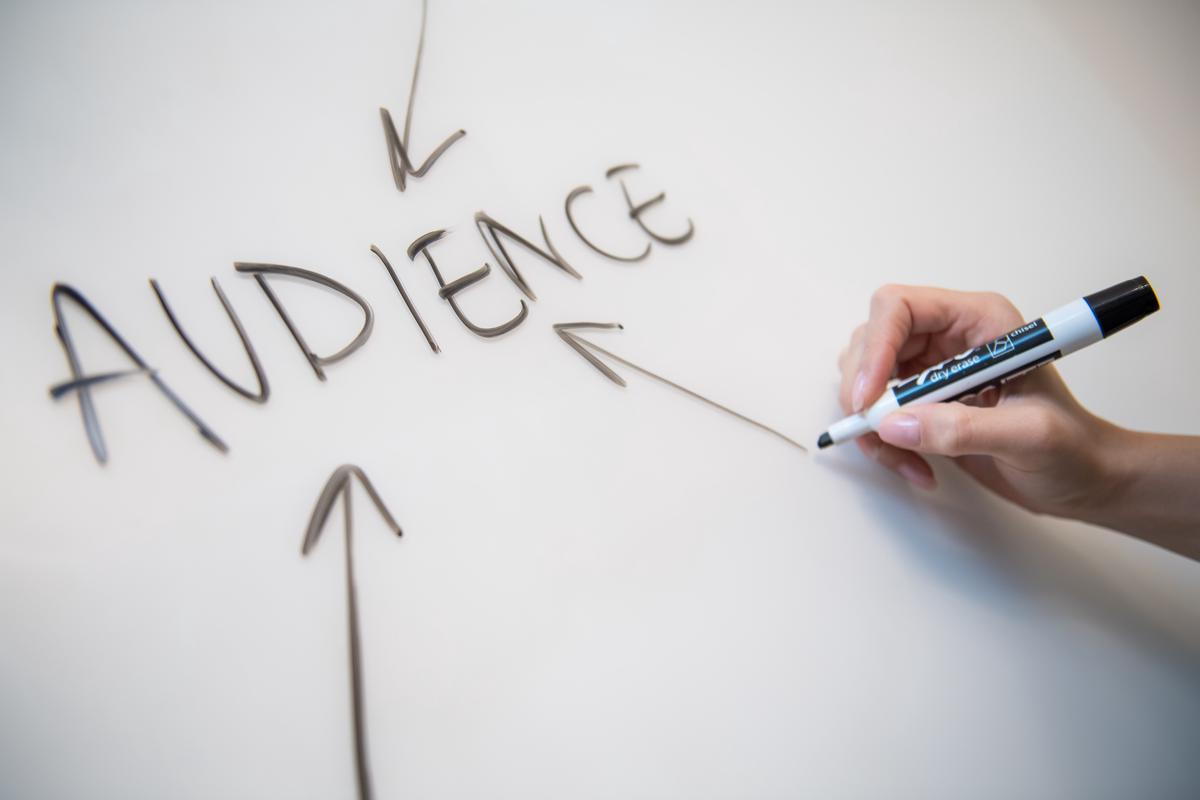Contents
Stimulus-Response Theory in Marketing
Introduction to Stimulus-Response Theory
Imagine marketing as a science experiment, where a stimulus is applied, and the observer responds. This analogy is pretty much what marketing’s Stimulus-Response Theory is about.
This theory is a fundamental psychological principle applied in marketing, proposing that an environmental stimulus can directly influence consumer behavior.
In simple terms, it’s all about marketers creating a “stimulus” to encourage potential buyers or “respondents” to take action, such as buying a product or signing up for a service.
How Does Stimulus-Response Theory Work?
Here’s a practical example:
Consider a catchy jingle you heard on a radio advertisement. The jingle (stimulus) likely influenced your thoughts, emotions, or desires, making you recognize, desire, or even purchase the product. That’s your response.
In this scenario, marketers design hooks (catchy jingles) to trigger specific responses. Quite fascinating, isn’t it?
Critical Concepts in Stimulus-Response Theory
The Stimulus-Response Theory contains three essential elements:
- Stimulus: This can be any marketing communication from print ads, commercials, or digital ads intending to influence the consumer’s perception.
- Black Box Processor: This is where the magic occurs. It refers to the consumer’s mind, which processes the stimulus based on personal, psychological, and social factors and shapes the response.
- Response: This is the consumer’s reaction to the stimulus. It could be purchasing the product, subscribing to a service, changing brand preferences, or even refraining from a purchase.
Why is Stimulus-Response Theory Important in Marketing?
As marketers, it gives you the tools to predict buyer behavior and hone your campaigns accordingly. When you understand how different stimuli might influence the responses of your target demographics, you can create marketing strategies that are more effective and resonate deeper with consumers.
Moreover, the theory supports you in refining your understanding of what drives consumer decision-making, enhancing your ability to create successful marketing campaigns.
For the theory to work effectively, you need to learn about your audience, understanding who they are and what makes them tick. Find out what resonates with them and stirs emotions. Once you have this information at hand, you can create targeted stimuli through various marketing channels, whether online or offline.
Also, remember, people have different reactions to the same stimuli. A color that might seem appealing to some customers might not be to others. Hence, it’s crucial to test your stimuli on a smaller subset of your audience before launching a full-blown campaign.
The beauty of Stimulus-Response Theory is that it takes marketing from being a guessing game to a more predictable science.

Applying Stimulus-Response theory to Marketing Strategies
Stimulus-Response Theory in Marketing Strategies
Digging deeper into our understanding of Stimulus-Response Theory, let’s examine how it molds marketing strategies.
Restaurants using red color schemes to whet the appetite, or ads reminding you of how an ice-cold drink feels on a hot day, both are marketing decisions inspired by this theory.
Frameworks and Their Functions
Stimulus-Response Theory forms the backbone of marketing strategies by offering a clear framework. This framework has two main parts:
- The Stimulus: This represents the marketing tactics used to provoke a response, such as a promotional offer or a catchy jingle.
- The Response: This is the behavior marketers seek to invoke in consumers, usually a purchase or brand loyalty.
From Predictions to Purchase
The theory allows marketers to predict consumer behavior effectively.
For instance, a retailer could send out digital coupons (stimulus) to customers to prompt online purchases (response).
Or a soda company might air commercials highlighting fun times with friends (stimulus) to drive consumers to buy their product (response) for social gatherings.
The Power of Triggers
Stimulus-Response Theory teaches us the power of using sensory triggers.
Think Coca-Cola. Can you hear the hiss and fizz when the can is opened? Feel the cold can in your hand? Taste the bubbly sweetness?
This is sensory marketing at work, employing stimuli to trigger a response, in this instance increased product craving and purchase intention.
Keep It Relevant
Among the primary goals of marketers is ensuring that the stimulus aligns with buyer needs and aspirations. Otherwise, it can fall flat.
If a luxury car brand targets teenagers with advertisements (stimulus), it’s unlikely to lead to a car purchase (response), simply because a luxury car is neither affordable nor immediately relevant to this audience.
Learning through Adjustments
Adopting this theory also encourages businesses to learn from customer responses and adjust their strategies accordingly.
Suppose a clothing brand offers a discount (stimulus) that fails to stimulate an increase in sales (response). The brand can then reconsider their offer, adjusting it based on customer feedback and observations.

Photo by campaign_creators on Unsplash
Examples of Stimulus-Response Theory in Ue
Starbucks and Sensory Cues
Starbucks stimuli include specific store layout, the aroma of coffee, and even the music (Moby, anyone?). The response they’re aiming for?
Easing the customer into a comfortable state of mind conducive to enjoy a cup of joe and perhaps a muffin or two as well. With time, the stimuli become powerfully associated with the Starbucks experience, encouraging repeated visits.
Coca-Cola and Conditioning Elements
Coca-Cola’s strategy revolves around creating a consistent formula that sparks the same feeling every time.
This so-called ‘Coke Experience’ is their stimulus, and your habitual choosing of a Coke over other sodas is the reaction. The brand’s iconic red color and even their consistent product taste function as strong stimuli.
Nike’s Relevant Stimuli Approach
Nike is an example of a company using relevance in marketing stimuli. ‘Just Do It’ is not just a slogan. The statement, coined way back in 1988, is a stimulus in itself, encouraging customers to transcend their limits.
The challenge is relevant both to athletic performance and to wider life situations. This association (the stimulus) produces increased customer engagement with the product (the response).

Limitations of Stimulus-Response Theory ing
Unable to predict unexpected responses
Remember when we said that marketers can predict consumer behavior with Stimulus-Response Theory? We were only half right. This theory runs on the prediction that consumers will respond to stimuli in a certain way, but people are unpredictable!
Not all consumers will have the same response to the same stimulus. We all have our individual likes, dislikes and preferences. For instance, setting an alarm tone to your favorite song might work for some but annoy others.
Cultural differences and individual perception
Cultural differences can have a significant effect on how certain stimuli are perceived. Take color, for example. In western societies, white is often associated with purity and innocence, whereas in some Asian countries, it’s linked with mourning. Marketers need to take such cultural nuances into consideration when devising a campaign.
Conscious vs unconscious responses
Another drawback of this model is it only accounts for conscious responses, that is, how consumers intentionally respond to stimuli.
Unconscious responses, like an impromptu purchase due to Say, a 50% discount banner on your favorite website, escape the model’s radar.
Overstimulation
In a world bombarded with marketing stimuli, consumers can become overstimulated and respond negatively or become indifferent to the stimuli. It’s like when your favorite song is played too many times that you grow tired of it.
Maintaining the effect of the stimulus
Maintaining the desired response is another challenge. Consumers may become conditioned to respond in a certain way, but over time, this response might wear off or they may get attracted to a competitor’s stimuli. For example, ever noticed how those exciting sales don’t feel as exciting after you’ve seen a bunch of them?

Photo by storyfuel on Unsplash
FAQs on Stimulus-Response Theory
What is Stimulus-Response Theory?
Answer: Stimulus-Response Theory is a concept in psychology that suggests behavior is a result of specific stimuli. In this theory, a stimulus (a change in the environment) elicits a response (an action or behavior) from an organism. It’s a fundamental aspect of learning theories, particularly classical conditioning.
Who Developed the Stimulus-Response Theory?
Answer: The theory was developed by Ivan Pavlov, a Russian physiologist, through his work on classical conditioning. Later, B.F. Skinner expanded the theory through his work on operant conditioning.
How Does Stimulus-Response Theory Apply to Learning?
Answer: In learning, the theory is applied to understand how conditioning occurs. For example, in classical conditioning, an unconditioned stimulus (like food) that naturally elicits a response (like salivation) is paired with a neutral stimulus (like a bell). Eventually, the neutral stimulus alone elicits the response, demonstrating learned behavior.
What are Examples of Stimulus-Response Theory?
Answer: A classic example is Pavlov’s dogs, where dogs learned to associate the sound of a bell (stimulus) with food and started salivating (response) at the sound. Another example is touching a hot stove (stimulus) leading to quickly pulling back the hand (response).
What is the Difference Between Stimulus-Response and Operant Conditioning?
Answer: While both are forms of learning, stimulus-response theory, especially in classical conditioning, involves involuntary responses to stimuli. Operant conditioning, on the other hand, involves voluntary behaviors and is about learning from the consequences of actions, whether through rewards or punishments.
Further Reading
- Stimulus-response theory | Description, Historical Aspects – Britannica – britannica.com
- Cognitive versus stimulus-response theories of learning – PMC – ncbi.nlm.nih.gov
- Stimulus-Response Theory – Psychologist World – psychologistworld.com
- Stimulus Response Theory (Thorndike’s Research + Examples) – Practical Pie – practicalpie.com
- The Stimulus-Response Theory In Instructional Strategies – eLearning Industry – elearningindustry.com

